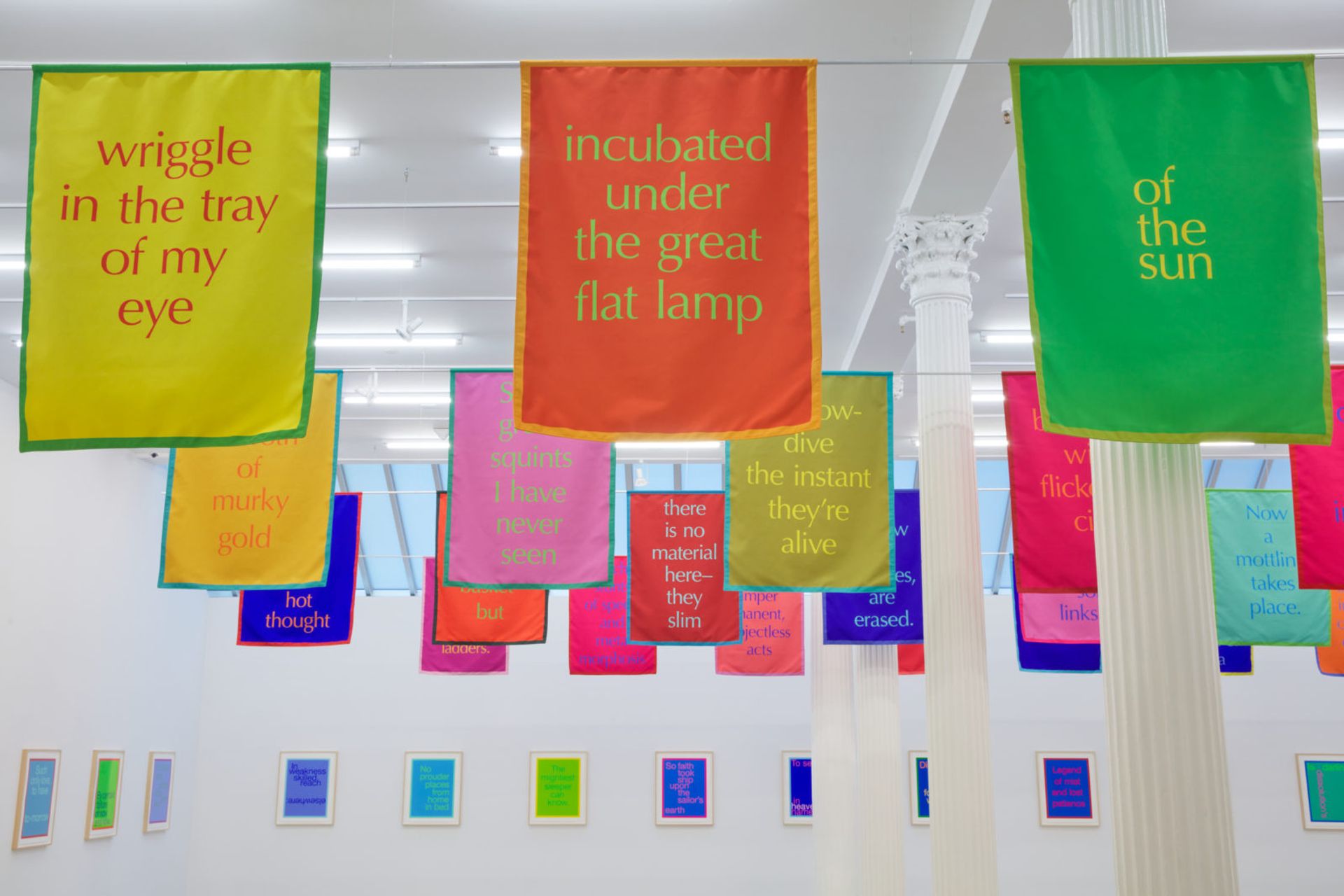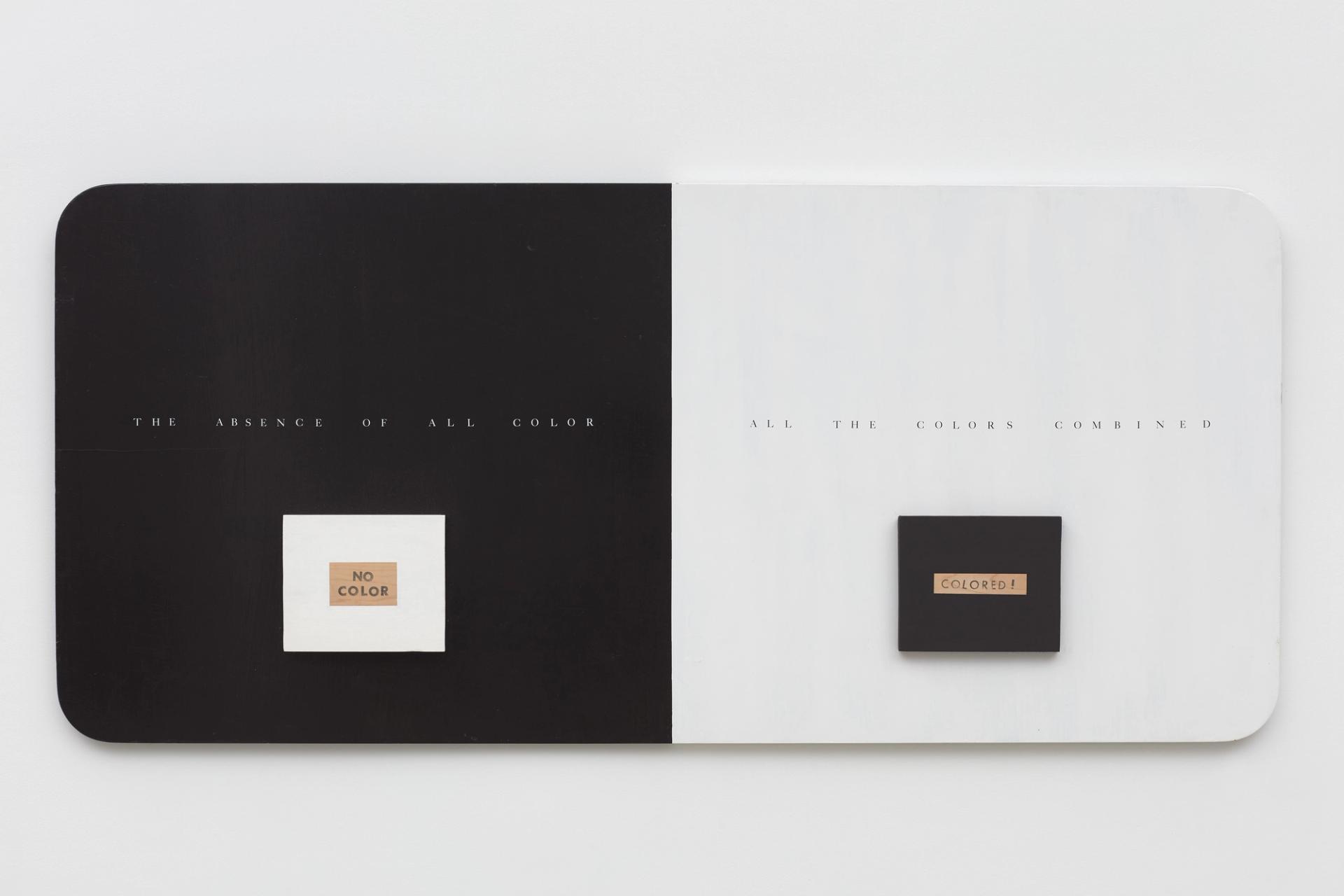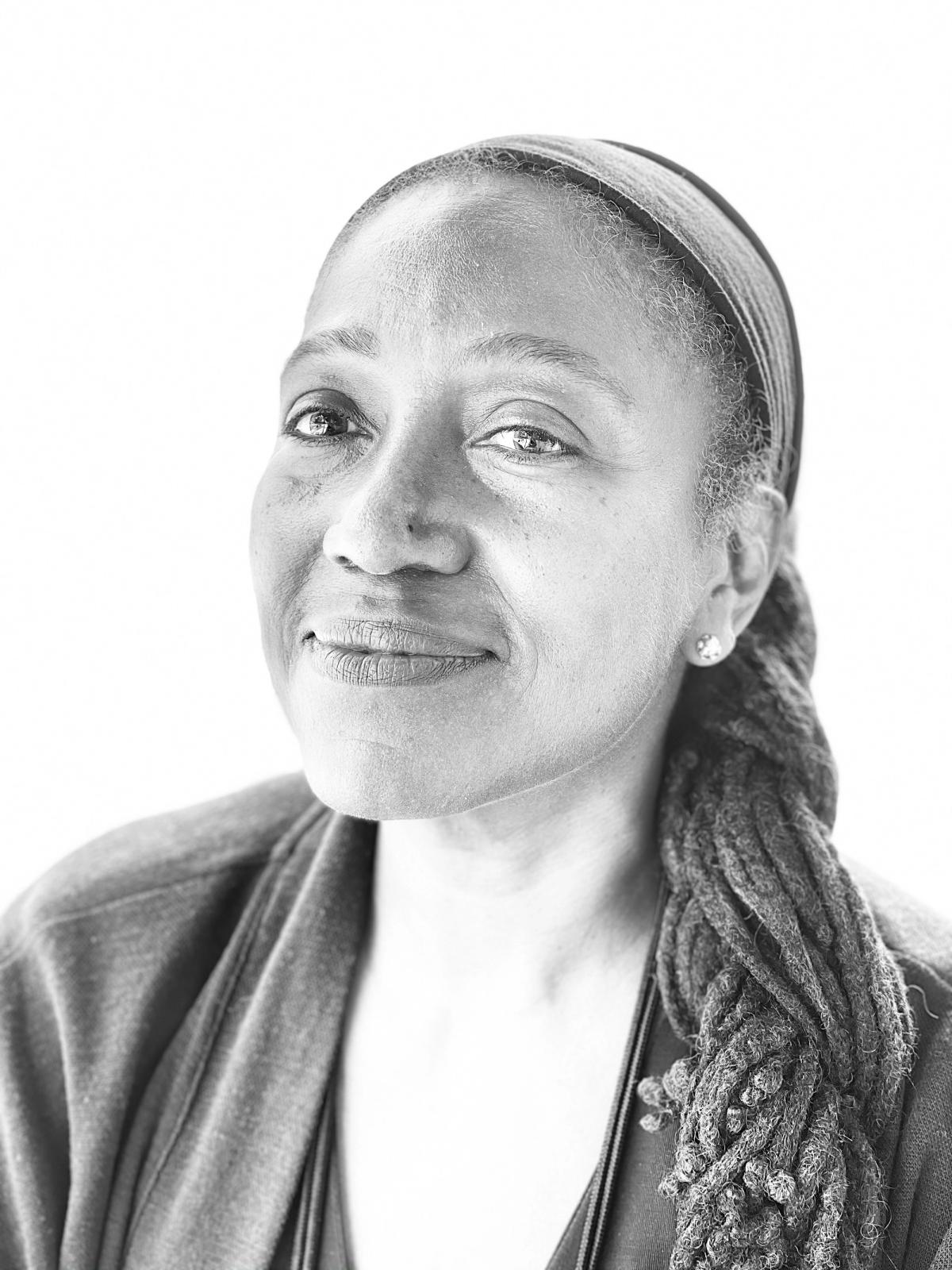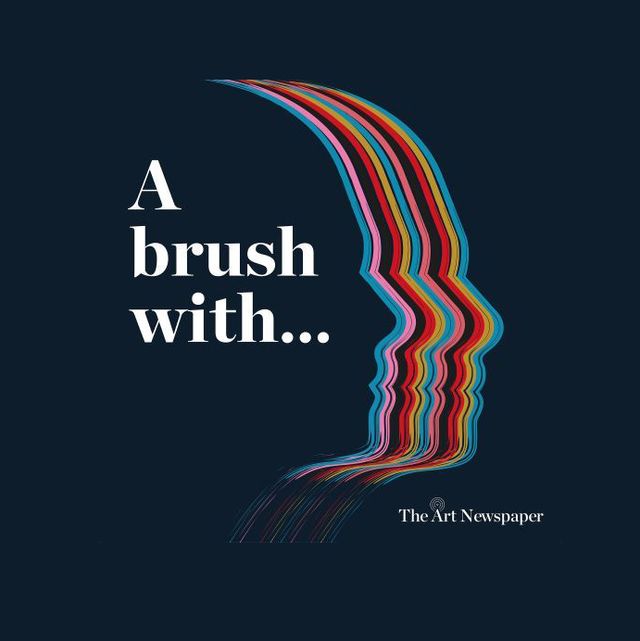Renée Green talks to Ben Luke about her influences—from writers to musicians, film-makers and, of course, other artists—and the cultural experiences that have shaped her life and work.
Green was born in 1959, in Cleveland, Ohio, and lives today between Somerville, Massachusetts, and New York. She brings together a wealth of cultural forms in complex and layered works that manifest as installations, video pieces and texts, among other media. Through what has been described as a “methodology of citation”, in which she overtly names and synthesises the language and forms of the disparate individuals she references, Renée reflects on the nature of ideas, on subjectivity and perception, on fiction and reality, and on memory—personal and collective. Just as she is generous in her allusions, so her art is an invitation to the viewer, to witness the connections she assembles, and help shape the works’ meaning.

Renée Green, Space Poem #7 (Color Without Objects: Intra-Active May-Words), 2020 (Installation view, Bortolami Gallery, New York, 2020)
Photography by Kristian Laudrup, courtesy the artist; Free Agent Media; and Bortolami Gallery, New York
She discusses how her work is concerned with “perception and sensation” and how drawing is a daily activity alongside reading and research. She reflects on her ongoing fascination with On Kawara and how her interest in particular artists “has to do with their physical location, the material aspects of what their existences might have been like, and then what kinds of questions emerge from those conditions”. She discusses the references in her work to the writing of Muriel Rukeyser and Laura Riding, and the friendship and dialogue she had with the film-maker Harun Farocki. Plus, she gives insight into life in the studio, and answers our usual questions, including the ultimate, “What is art for?”

Renée Green, Color / No Color, 1990, Wood, latex enamel paint, Letraset dry transfer, rubber stamped ink type, 30 × 66 in (76 × 168 cm)
Courtesy the artist; Free Agent Media; and Bortolami Gallery, New York
- Renée Green: The Equator Has Moved, Dia Beacon, from 7 March and will be on long term view
This podcast is sponsored by Bloomberg Connects, the arts and culture platform.
Bloomberg Connects offers access to a vast range of international cultural organisations through a single download, with new guides being added regularly. They include the Dia Art Foundation, which includes Dia Beacon, in upstate New York, where Renée Green has a show opening in March 2025. If you explore Bloomberg Connects, you can find videos and other content relating to the wealth of artists on view at Dia Beacon, including details of Renée’s show. You can also find out more about what Dia calls its “constellation” of sites and locations, from features on the programme at Dia Chelsea in New York, including its present and past exhibitions, to content exploring the major site-specific and Land Art projects that Dia has either commissioned or acquired over its 50-year existence. They include Walter De Maria’s Lightning Field in New Mexico, Robert Smithson’s Spiral Jetty and Nancy Holt’s Sun Tunnels in Utah.




